

CarExpert.com.au
Model range deep-dive: Mahindra's SUV family
4 Days Ago
It might wear the same badge as before, but the Karoq 110TSI is a less sophisticated car than before. Has an older engine undermined its appeal?
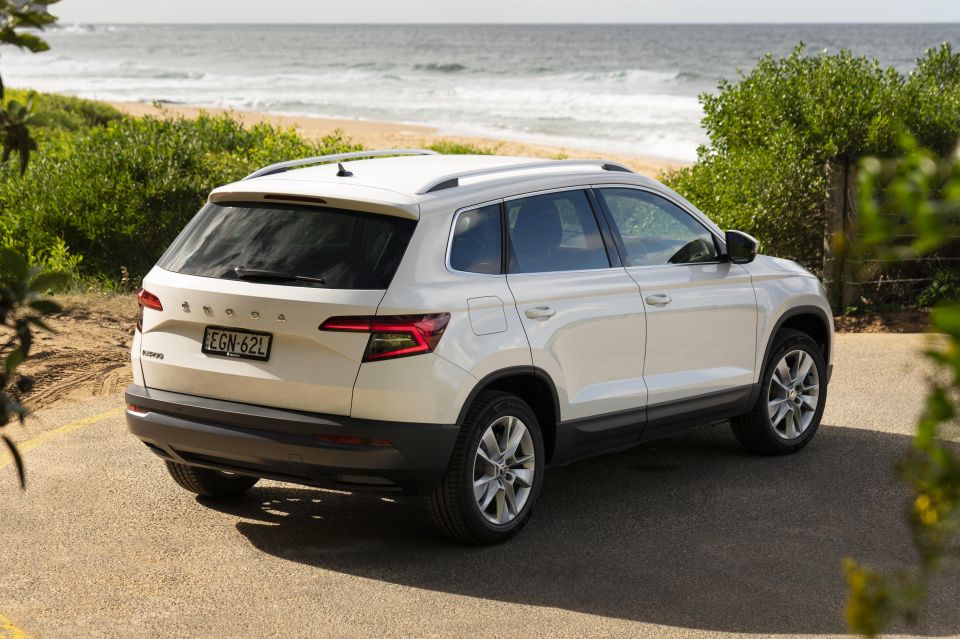
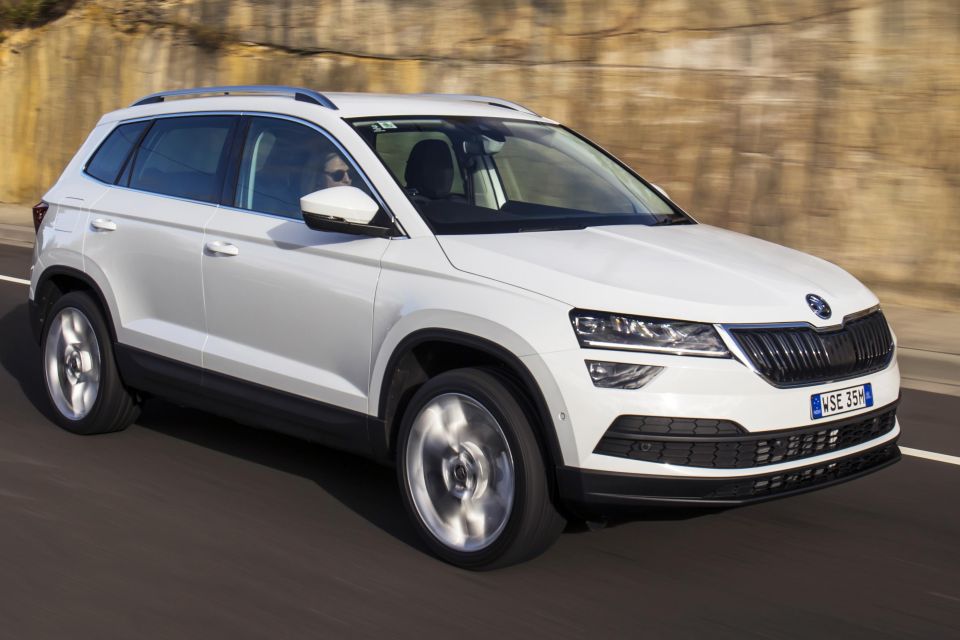

Contributor
New from
$32,290
excl. on-roads

Contributor
New from
$32,290
excl. on-roads


Contributor
New from
$32,290
excl. on-roads

Contributor
New from
$32,290
excl. on-roads
Quickly see how this car stacks up against its competition. Select any benchmark to see more details.
Where expert car reviews meet expert car buying – CarExpert gives you trusted advice, personalised service and real savings on your next new car.
It’s rare a new car represents a backwards step. Automotive development is a relentless game about extracting small improvements at every opportunity, and backtracking on fresh technologies isn’t an option.
The 2020 Skoda Karoq 110TSI is a notable exception to the rule.
It wears the same 110TSI badge as the 2019 model, and has the same power outputs. But displacement has dropped from 1.5 litres to 1.4 litres, and fuel use has risen. Gone is the seven-speed dual-clutch transmission, replaced with an eight-speed torque converter automatic.

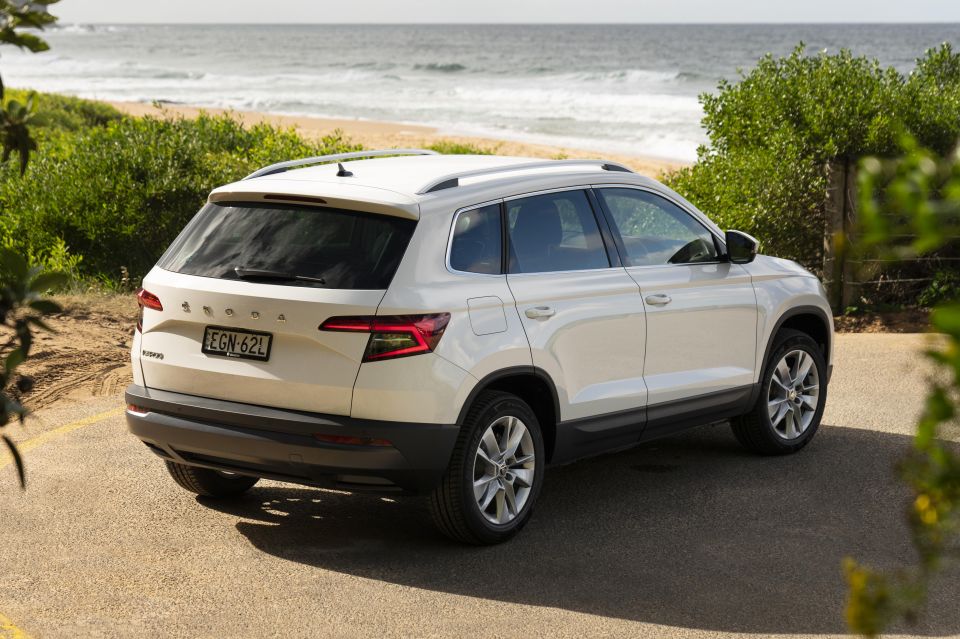
Skoda says Australian emissions regulations are to blame. Because our emissions rules are relaxed compared to Europe, the Volkswagen Group is only building the more efficient 1.5-litre engine from the pre-update Karoq for markets where it’s required to meet emissions standards.
Has the backwards step under the bonnet hurt the base Karoq, or does it still have plenty to offer?
The Skoda Karoq 110TSI is priced from $32,990 before on-road costs, up $700 on its price at launch in 2018.
A trio of options packages is offered, from the Premium Pack ($3700) and Tech Pack ($4200), to the Travel Pack ($3800).
The Tech Pack ($4200) brings gesture opening to the tailgate, and ups the standard 8.0-inch infotainment screen to a 9.2-inch units. It also adds a 10-speaker sound system, selectable drive modes, wireless phone charging, DAB+ digital radio.
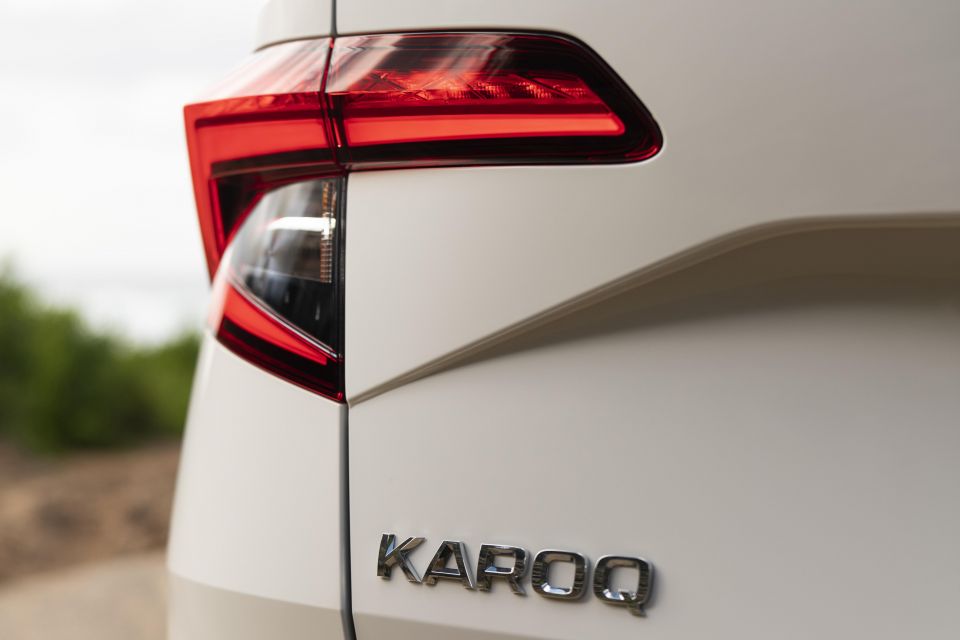
Opting for the Premium Pack ($3700) gets you a 9.2-inch infotainment system with satellite navigation, gesture control, and a 10-speaker sound system, semi-autonomous parking, a powered tailgate, drive mode selection, and wireless phone charging.
It also adds adds full-LED headlights, leather seat trim, 18-inch alloy wheels, front parking sensors, steel pedals, and a powered tailgate.
Finally, the Travel Pack ($3800) is mostly about safety. It brings leather seat trim, along with blind-spot monitoring, lane-keeping assist, heated and powered front seats, traffic jam assist, rear cross-traffic alert, and power-folding door mirrors.
Our tester was bone stock, with no options packages selected – but it’s far from sparse.
Dual-zone climate control, keyless entry and start, a perforated leather steering wheel, and the excellent Virtual Cockpit digital instrument binnacle are included across the range, along with critical safety kit such as autonomous emergency braking and adaptive cruise control.
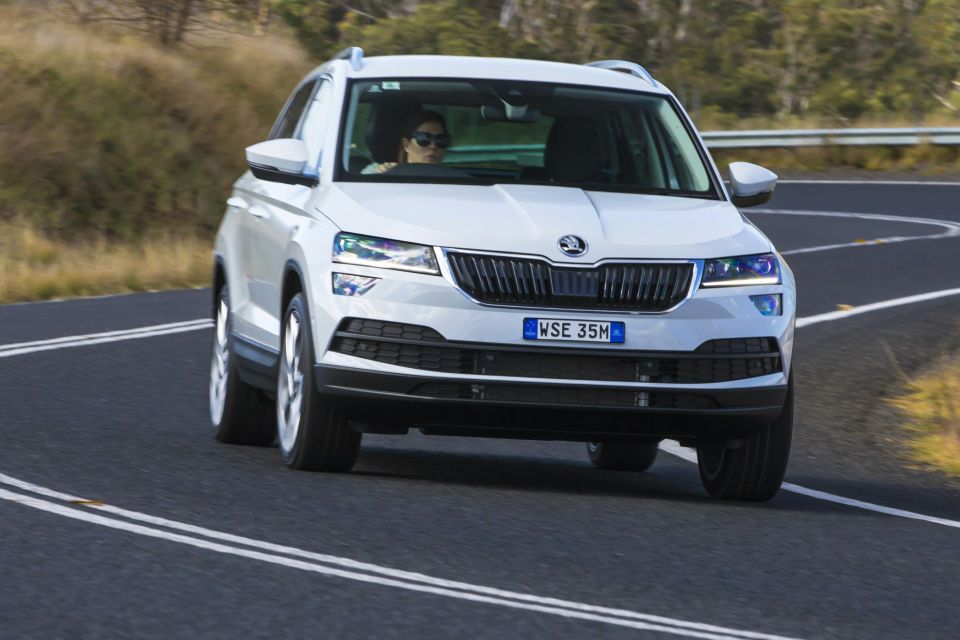
An 8.0-inch touchscreen infotainment system with Apple CarPlay and Android Auto features, but DAB digital radio is an option. Satellite navigation is also reserved for those who tick the right options boxes.
Fans of the oddball Skoda Yeti and odder-ball Roomster will be pleased to know a clever set of folding, tumbling, and removable Vario Flex rear seats is standard.
Also standard is a set of ‘Simply Clever’ touches that, while not standout features, are handy to have.
There’s a bin in the door pockets, a reversible cup/coin holder on the transmission, sliding hooks in the boot, a pop-out LED torch, and a parking ticket holder on the windscreen, all of which are neat add-ons.
The Skoda Karoq has a five-star ANCAP range based on testing carried out in 2017.
It scored 93 per cent for adult occupant protection, 79 per cent for child occupant protection, 73 per cent for vulnerable road user protection, and 58 per cent for safety assist.
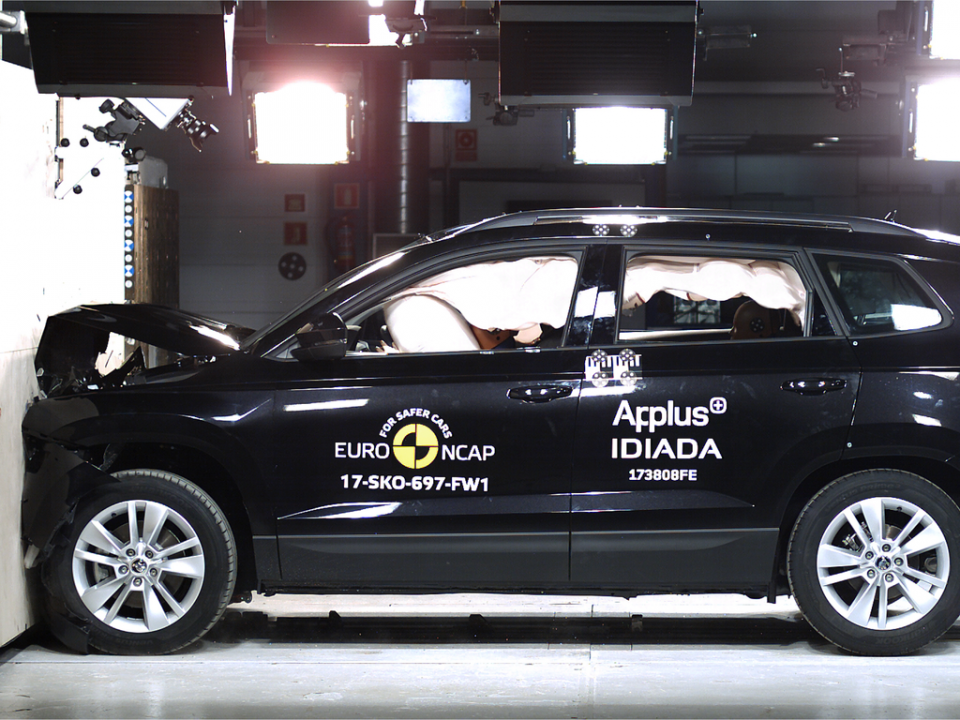
Along with a full suite of airbags, the car features autonomous emergency braking as standard, and the addition of the Travel Pack brings blind-spot monitoring, lane-keeping assist, and rear cross-traffic alert.
The base Karoq lacks the sparkle of the more expensive 140TSI Sportline, but it’s still a practical, comfortable place to be.
The cloth-trimmed seats are supportive and offer a decent amount of bolstering, with enough adjustment to comfortably house tall drivers. The cloth itself is soft, and finished in an interesting pattern to boot.
Despite a starting price that straddles top-end city SUVs such as the Mazda CX-3 and lower-end compact crossovers such as the Kia Seltos, most of the materials used around the cabin feel expensive, from the leather steering wheel to the soft dashboard and door-top trim.
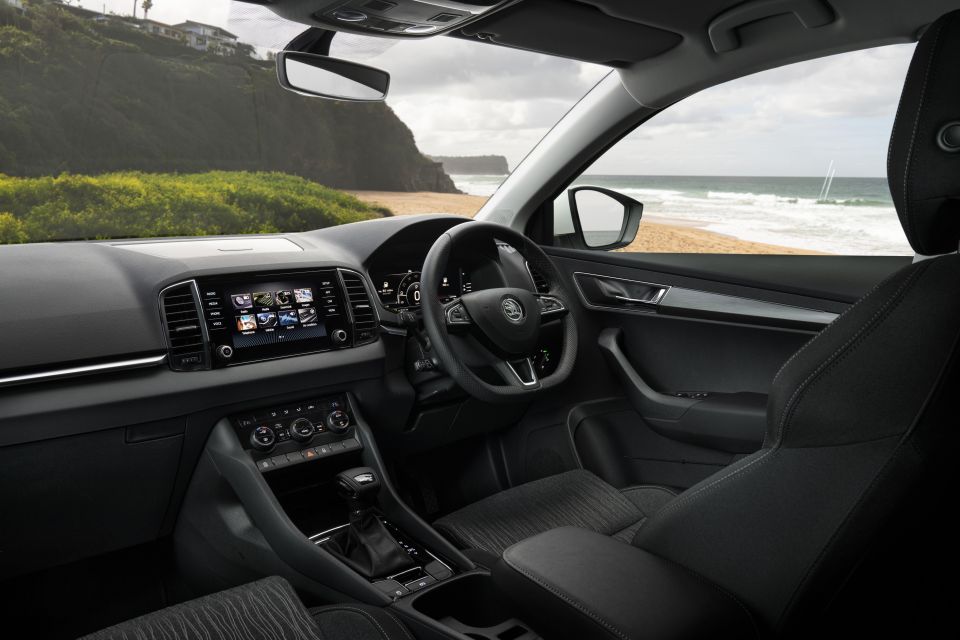
There are a few scratchy plastics down lower in the cabin, and the sliding cover for the storage space under the dashboard feels flaky, but even the base Karoq has a quality feeling about it.
Although the design isn’t quite as funky as that of the Kia Seltos, the Karoq makes the more expensive Honda HR-V RS look positively ancient behind the wheel.
It’s not quite as flash as the 9.2-inch system offered as an option, but the 8.0-inch infotainment setup in the base Karoq is easy to use and quick to respond. The fact there’s a physical volume knob is a real win, while Apple CarPlay and Android Auto lessen the loss of satellite navigation.
With that said, the excellent Virtual Cockpit is best enjoyed with a full-screen map – so opting for the Tech Pack to get navigation and make the most of those digital instruments might be a good idea, if you have the cash.


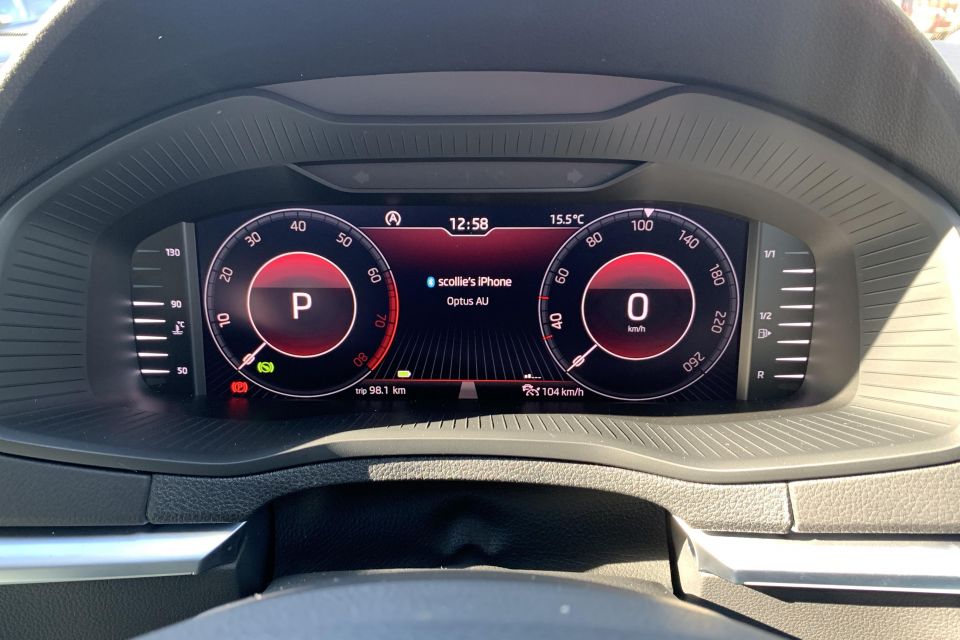


Skoda trades heavily on its practicality, and the Karoq delivers with useful door bins, a handy space under the central armrest, a decent glovebox, and a phone-sized spot at the base of the centre console.
Rear seat space is impressive, and headroom is exceptional thanks to the Karoq’s boxy profile. Six-footers could sit behind six-footers, although families with tall teenagers might want to check out the larger, longer Kodiaq.
When the rear seats aren’t in use, the bench folds 40/20/40 and slides fore/aft to free up more passenger or cargo space depending on your priorities. The seats also tumble forward, and can be removed entirely to make the Karoq into a high-riding little van.
Previous experience with the Karoq revealed removing the seats isn’t necessarily a simple process, but we’d rather have the capability than not – and the ability to fold the central seat independently, slide the bench, and tumble the seat bases is very handy.

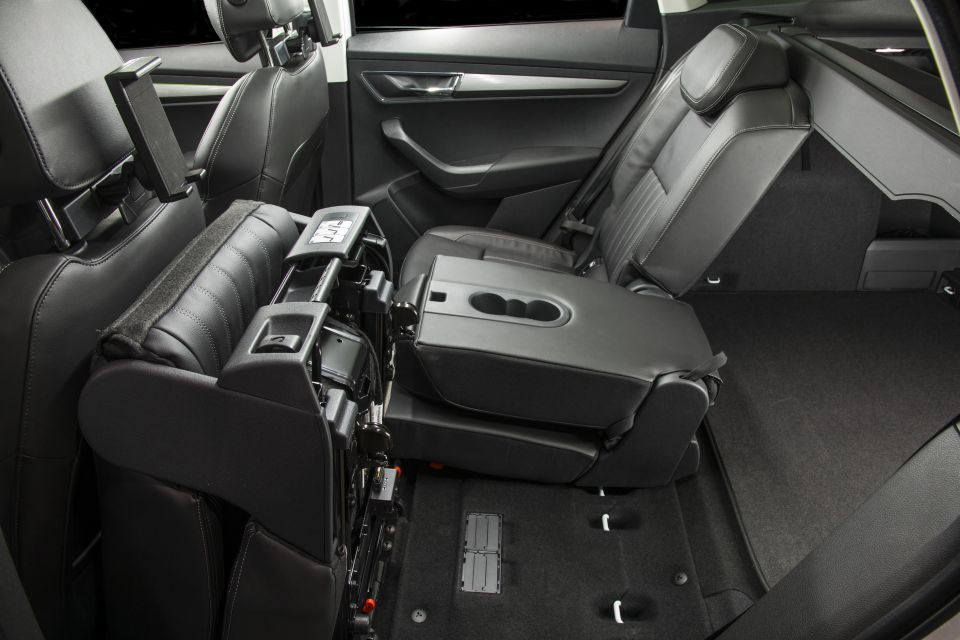
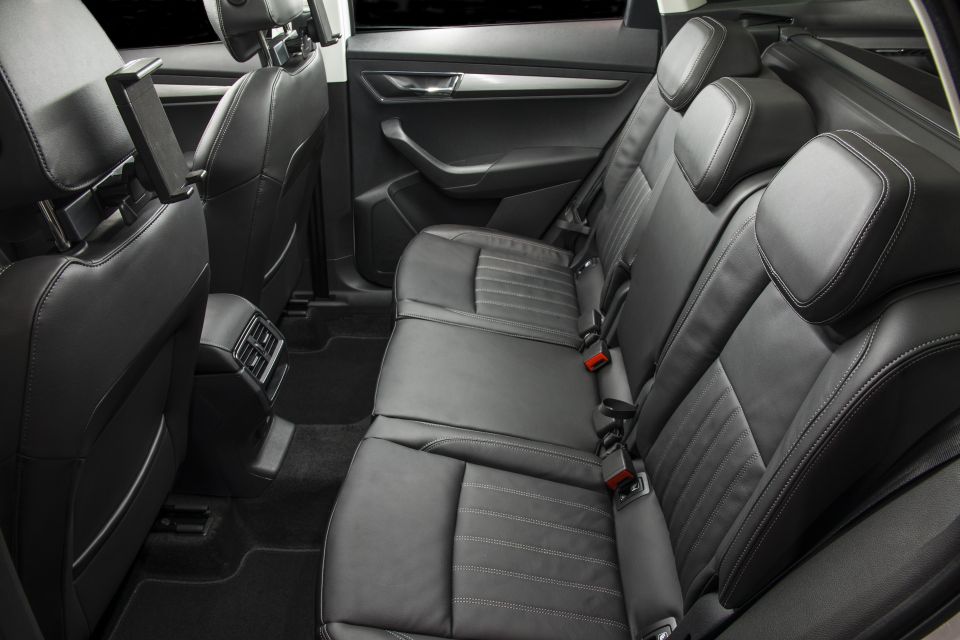
Claimed boot space is 479L with the rear seats in place and 1605L with them folded.
Here’s where things get interesting. Gone is the 1.5-litre petrol engine from the Karoq previously offered in Australia, replaced with a 1.4-litre four-cylinder petrol making 110kW of power and 250Nm of torque.
Those outputs are identical to the outgoing engine, but fuel economy has worsened from 5.8L/100km to 6.6L/100km.
Part of that is because the engine is a less sophisticated unit than the 1.5-litre it replaces, and part of it is down to the switch from a seven-speed dual-clutch transmission to an eight-speed torque converter automatic.
That’s right, this is a Volkswagen passenger car with a torque converter.
Although Volkswagen brands have been offering torque converters in cars for the American market, dual-clutch transmissions have dominated the local passenger car range since the MkV Golf arrived in 2006.
Remember when Arnott’s changed Shapes, or Vegemite tried to get iSnack 2.0 off the ground? The product was close to what we were used to, but the difference was immediately noticeable to fans.
It’s a similar story with the Karoq. I’ve driven countless Volkswagen Group products during my time in this job, and regardless of badge they have a distinct character.
The new 110TSI looks like a Skoda, smells like a Skoda, and sounds like a Skoda when you start it up. But from the second you lean on the throttle it feels ever-so-slightly different to every other Skoda.
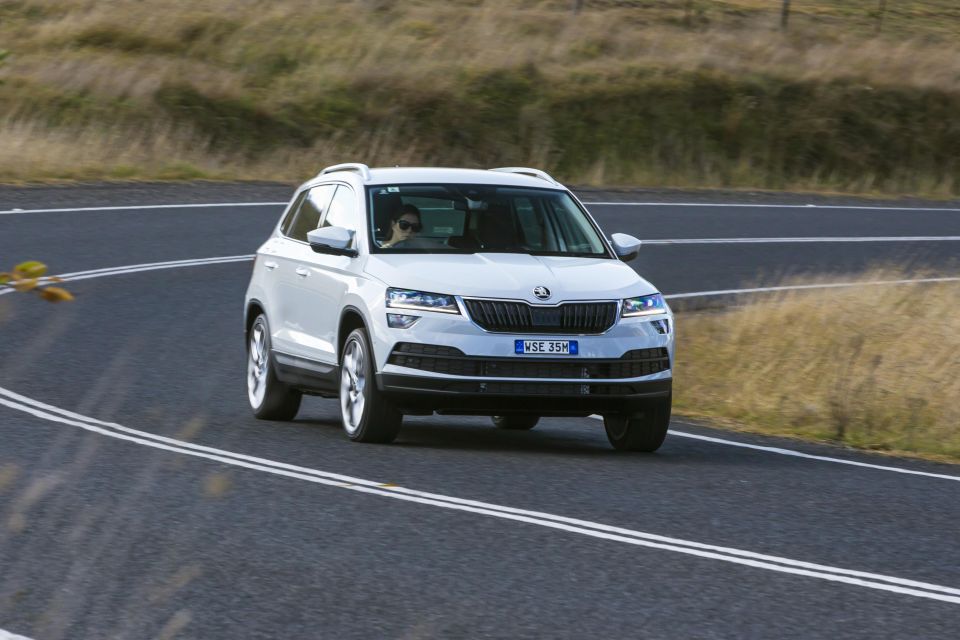
For some, that won’t be a bad thing. Much has been written about the low-speed awkwardness associated with dual-clutch transmissions, something you simply don’t get with torque converters.
The Karoq 110TSI is buttery smooth off the line and creeps more naturally than a DCT, so it doesn’t necessitate the same adjustment in driving style its predecessor might have.
The eight-speed gearbox is unobtrusive in town, shuffling through the gears with aplomb. It can be a bit too keen to kick down, which can occasionally make it feel slightly indecisive on the move, but otherwise it’s a willing partner for the 110TSI engine.
Upshifts lack the crispness of a dual-clutch change in Sport mode, but we’d argue the average buyer doesn’t care.
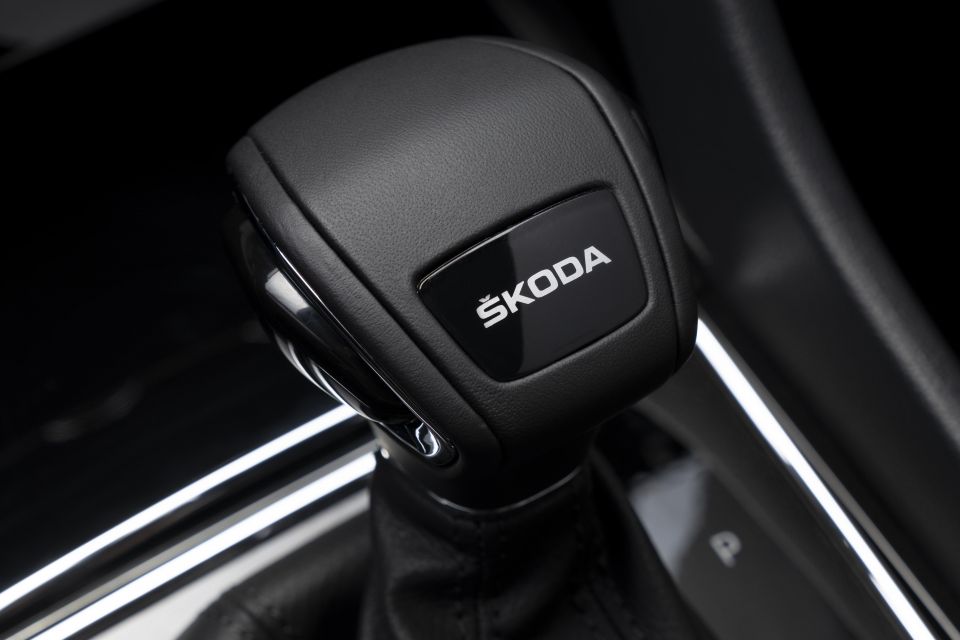
Although it’s technically a step backwards, the engine in the Karoq is still one of the punchiest, smoothest four-cylinder options at its price. Throttle response is impressive from down low in the rev range, and it will happily rev right out when the driver demands.
It’s whisper quiet at a cruise, and never becomes thrashy. Although it’s worse than before, a claimed fuel economy of 6.6L/100km isn’t exactly terrible. Our time with the car was too short to get a representative real-world figure – that will have to wait until a longer stint behind the wheel.
With sensible 17-inch alloy wheels and a comfort-focused (fixed, not adaptive) suspension tune, the Karoq has a lovely ride in town. It feels plush over speed bumps and potholes, without becoming floaty at higher speeds.
It’s impressively grown up on the open road, with minimal road noise or tyre roar sneaking into the cabin to ruin the ambience. Skoda’s adaptive cruise control system is smooth, but the fact it refuses to ‘undertake’ unless manually overridden is annoying in Australia, where lane discipline isn’t nearly as ingrained as in Europe.
Sometimes, the only way past the procession of dawdling trucks and wandering family crossovers that frequent the right lane of Australian highways is on the left, so having the car automatically slow down to sit behind the vehicle in the lane next to it isn’t particularly helpful.
The light steering and decent all-round visibility make it easy to park, and the turning circle makes tight underground garages a breeze. The Karoq is well suited to life in the urban jungle, no doubt.
The only real inner-city oversight is the lack of a brake hold function allowing drivers to take their foot off the left-hand pedal on long light cycles.
Maintenance for the Skoda Karoq is required every 12 months or 15,000km, and the car is backed by a five-year, unlimited-kilometre warranty.
A five-year service pack costs $1400, while a three-year pack will set you back $800 when bought before the first service.
The Karoq requires more expensive 95RON or 98RON premium unleaded petrol, which does increase running costs slightly.
Putting aside the fact it’s taken a step backwards under the bonnet, the Karoq is an excellent compact SUV.
You could happily drive away in a base model and not want for any of the options, although we’d be ticking the box for the Travel Pack and the extra safety kit it brings.
The interior is logical and practical, and those Vario Flex seats mean it can go toe-to-toe with the Honda HR-V for load-lugging ability.
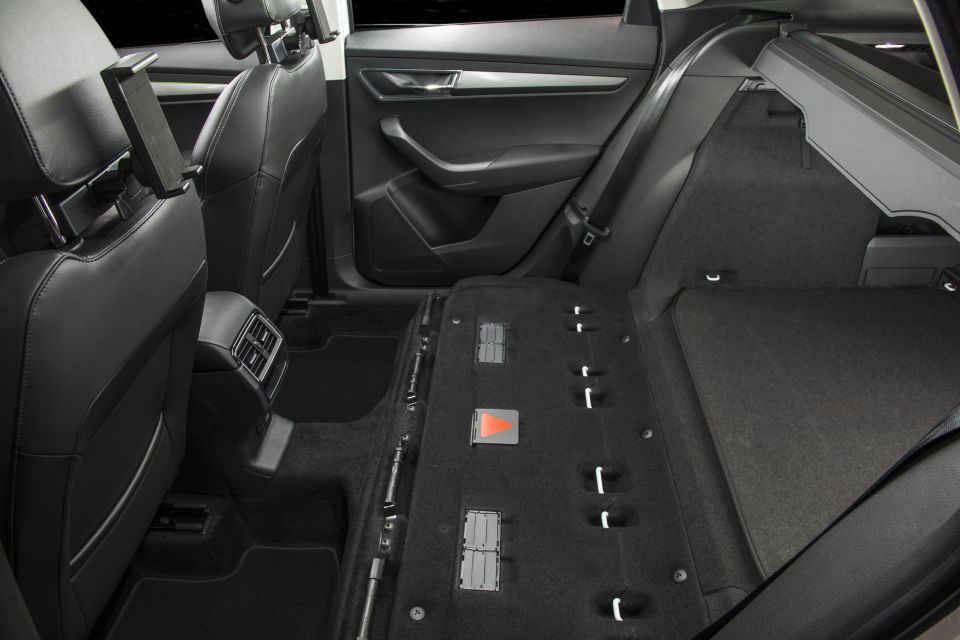
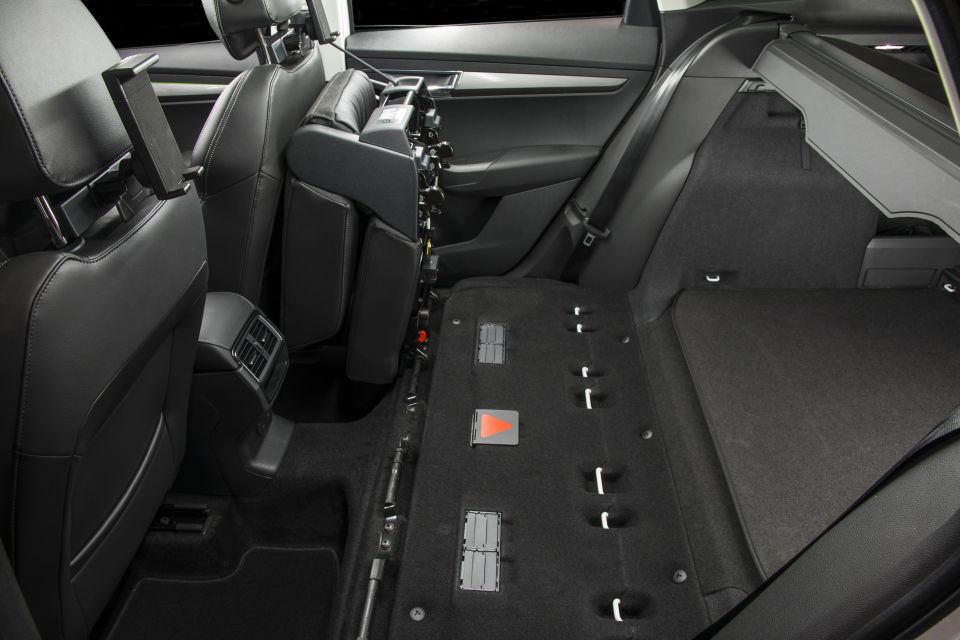
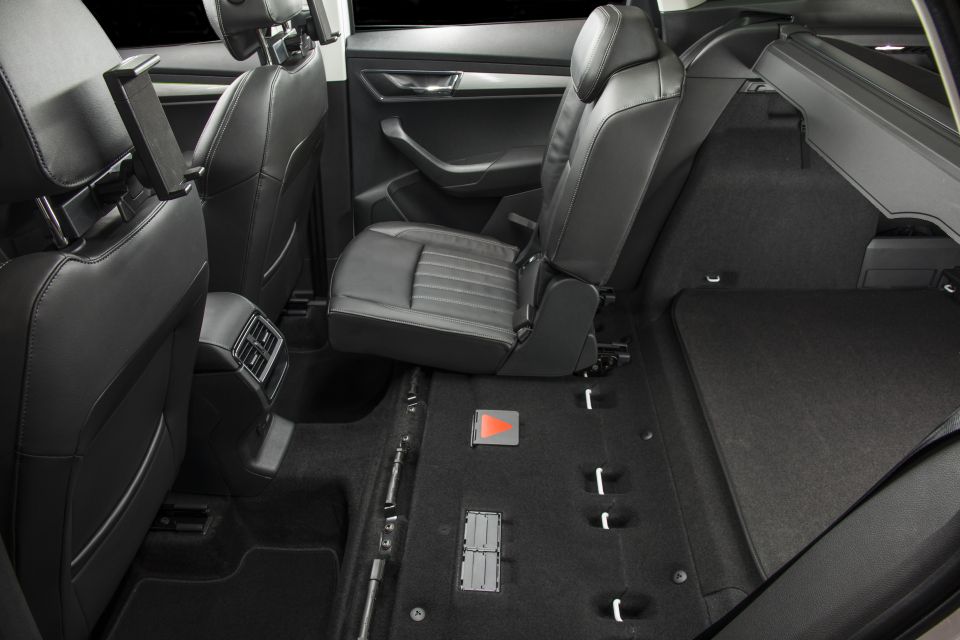
It’s also comfortable and refined from behind the wheel, and the turbocharged engine packs a punch the base Kia Seltos, Hyundai Kona, and even the Mazda CX-30 can’t match.
But we wouldn’t be doing our job if we didn’t call out the fact this is a technically worse car than the one it replaces.
It’s harder on your wallet and tougher on the environment, and doesn’t quite have the crisp feel that’s characterised modern Volkswagen Group products.
Should that stop you from buying one? Probably not. If you’re after a mature, practical little crossover there are few better out there.
Just know that it could – and really should – be even better.
Where expert car reviews meet expert car buying – CarExpert gives you trusted advice, personalised service and real savings on your next new car.
Scott Collie is an automotive journalist based in Melbourne, Australia. Scott studied journalism at RMIT University and, after a lifelong obsession with everything automotive, started covering the car industry shortly afterwards. He has a passion for travel, and is an avid Melbourne Demons supporter.


CarExpert.com.au
4 Days Ago
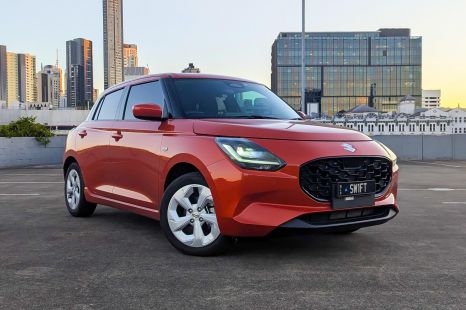

William Stopford
3 Days Ago


Max Davies
2 Days Ago


Josh Nevett
1 Day Ago


William Stopford
20 Hours Ago
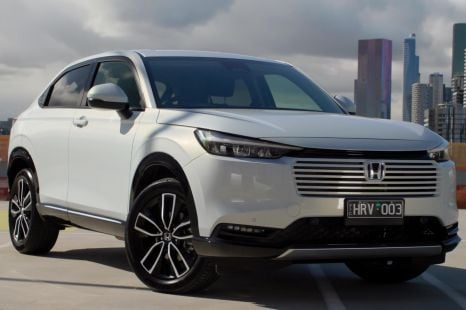

Elle Baillieu
19 Hours Ago